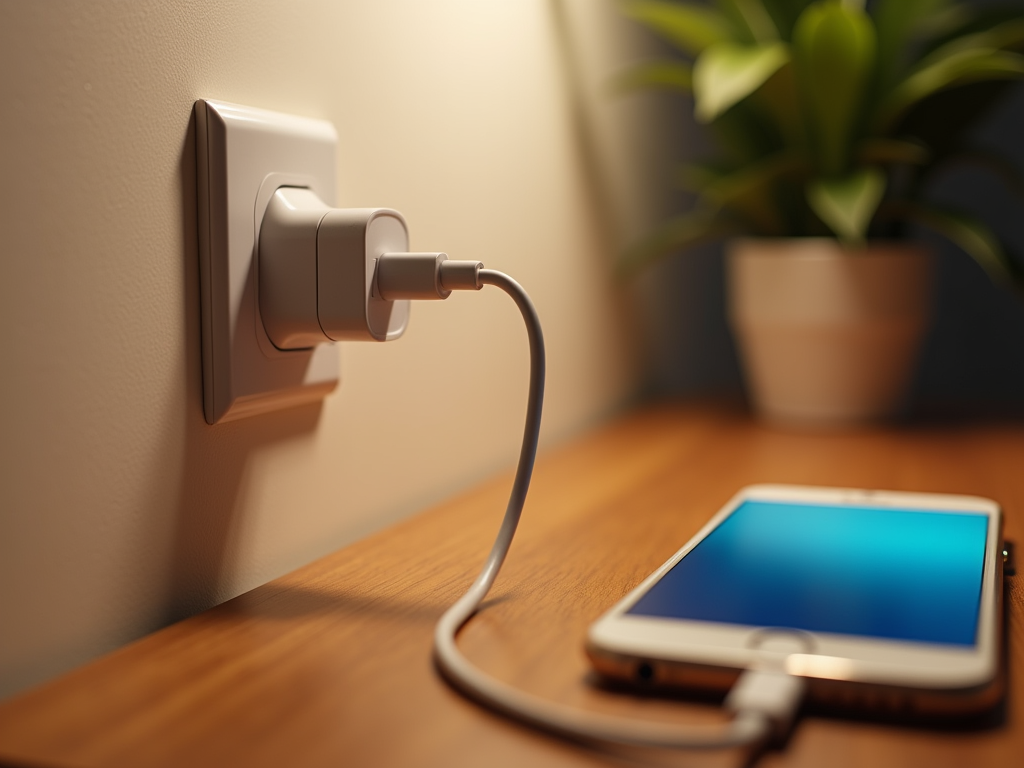In an age where technology evolves at breakneck speed, knowing whether your smartphone is fit for another year of use can feel overwhelming. Each release of new models brings advanced features, improved battery life, and faster processing speeds. What’s more, the average lifespan of a smartphone is narrowing, making it imperative to be aware of the signs your device might be on its last legs. Upgrading doesn’t merely mean replacing an old device; it symbolizes keeping pace with a relentless digital landscape. So, how do you gauge if your trusted smartphone has reached its limit, or whether it still has some life left? This article dives deep into analyzing key indicators for evaluating your phone’s readiness for an upgrade.
Understanding the Lifecycle of Smartphones

The average lifespan of a smartphone typically ranges from two to three years. During this period, devices may face performance degradation, battery issues, and software incompatibilities due to new technological advancements. Recognizing these warning signs early can save you from the frustration of a lagging phone when you need it most. Some manufacturers even limit software updates for older models, prompting users to upgrade sooner. Hence, it’s crucial to intermittently assess your smartphone’s functionality. Knowing your device’s lifecycle is your first step towards a timely upgrade.
Performance Issues

One of the most glaring signs that your phone needs an upgrade is related to its performance. Users often experience slow performance, where opening apps takes much longer than before, and the phone lags when switching between tasks. Such disruptions not only hinder day-to-day activities but can also lead to heightened frustration. Frequent crashes and freezes further exacerbate the situation, as they interrupt what should be a seamless user experience. These performance-related problems can stem from outdated hardware or underlying software issues that commonly arise as devices age.
To get a clearer picture of performance issues, here are some common symptoms:
- Lagging response to taps and swipes
- Apps taking longer to load
- Frequent application crashes
- Notifications delayed or not appearing
Battery Life Concerns
Battery life serves as a critical factor in deciding whether to upgrade your smartphone. As devices age, the battery’s efficiency wanes. If your phone struggles to last a full day on a charge, irrespective of your usage habits, it might be time for a change. Reduced battery capacity can make busy days particularly challenging, especially for those relying on their devices for essential tasks. What’s more alarming is when devices experience sudden shutdowns, a strong indicator that the battery is failing. Understanding these symptoms can empower you to make informed decisions about your next smartphone.
| Battery Symptoms | Potential Causes |
|---|---|
| Drains quickly | Old battery, power-hungry apps |
| Unexpected shutdowns | Battery failure, software glitches |
| Overheating | Bad battery, incorrect charging habits |
Operating System Compatibility
In today’s digital environment, your phone’s operating system (OS) plays a vital role in determining its lifespan and usability. As developers create new applications, they frequently release updates requiring the latest OS versions. If your device no longer receives software updates, it can become vulnerable to security threats and malicious attacks. Moreover, some popular apps may no longer support outdated OS versions, making everyday tasks more cumbersome. Consequently, if you find yourself unable to access necessary applications, consider this a serious warning sign. Upgrading can rejuvenate your smartphone experience through enhanced security and functionality.
Physical Condition of the Device
The physical state of your smartphone is equally indicative of whether it requires an upgrade. Significant damage, such as cracked screens or water exposure, often leads to diminished functionality and usability. These conditions can hinder the phone’s performance and decrease overall satisfaction. Additionally, you may find yourself struggling with storage limitations. If you’re battling constant alerts about insufficient storage space, upgrading to a model with more room for your photos and apps could solve long-standing issues. A device in good physical condition not only enhances user experience but also extends the life of the smartphone significantly.
Conclusion
Evaluating the state of your smartphone involves considering various factors, including performance, battery life, operating system compatibility, and physical condition. If your phone consistently exhibits issues in these domains, it likely indicates that it’s time for an upgrade. Staying attuned to your device’s current condition will ensure that you remain equipped with the technology necessary for your daily life. By acknowledging and addressing these indicators, you can enjoy a seamless digital experience, all while keeping your device up to date with the latest innovations.
Frequently Asked Questions
- How do I know if my phone is too outdated? If your device no longer receives software updates or can’t run the latest applications, it’s likely too outdated.
- What are the signs my battery needs replacing? Frequent shutdowns and rapid battery drain are common indicators that your battery may need replacement, or it may be time for a new phone.
- Is there a specific age when I should upgrade? Typically, if your phone is over two to three years old and demonstrating performance issues, it could be time for an upgrade.
- Can I extend my phone’s life without upgrading? Yes, you can try resetting it to factory settings, removing unnecessary apps, or replacing the battery to extend its life temporarily.
- What are the benefits of upgrading to a new phone? New phones offer improved performance, better battery life, enhanced security, and access to new features and technologies.



